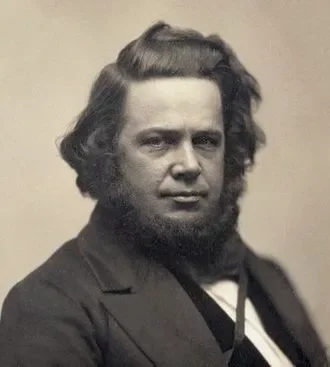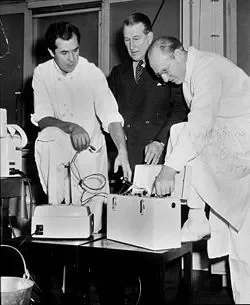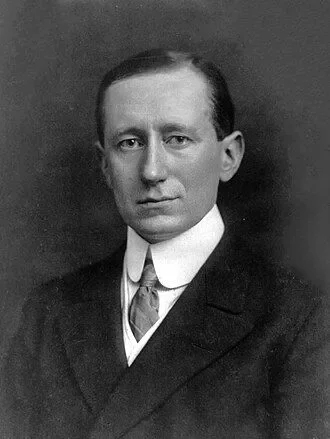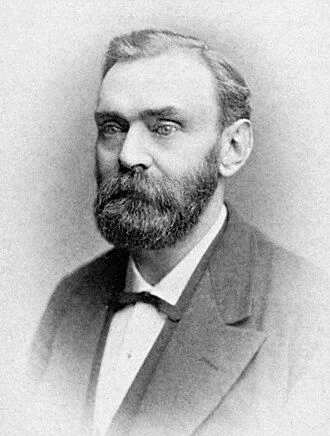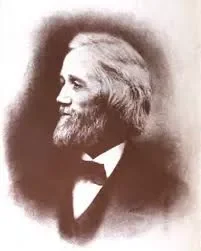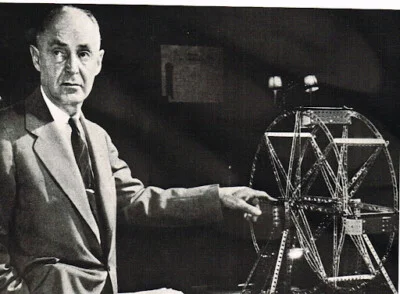Real Celebrities Never Die!
OR
Search For Past Celebrities Whose Birthday You Share
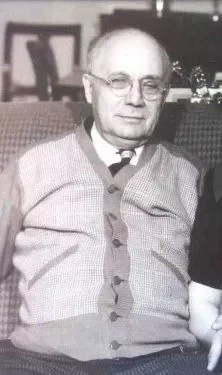
source:wikimedia.org
Otto Frederick Rohwedder
Birthday:
28 Jul, 1880
Date of Death:
08 Nov, 1960
Cause of death:
Unknown
Nationality:
American
Famous As:
Engineer
Age at the time of death:
80
Early Life: The Making of an Inventor
In the early 20th century, one invention forever changed the way we consume bread—the automatic bread-slicing machine. This groundbreaking device, which gave rise to the phenomenon of sliced bread, was the brainchild of Otto Frederick Rohwedder, an unrelenting innovator whose perseverance reshaped the baking industry.
Born on July 6, 1880, in Des Moines, Iowa, Otto Frederick Rohwedder spent his formative years in Davenport, Iowa. From a young age, he displayed a natural curiosity and an affinity for problem-solving. He pursued his education locally and later embarked on a career as a jeweler, eventually owning three jewelry stores in St. Joseph, Missouri. But while his trade provided stability, his true passion lay in invention.
The Idea That Changed Baking
Around 1912, Rohwedder envisioned a machine that could automate the slicing of bread—a concept that, at the time, seemed almost unimaginable. He diligently worked on his prototypes, even devising a system of metal pins to hold the sliced loaf together. However, disaster struck in late 1917 when a fire consumed his workshop, destroying all his blueprints and models. For many, such a setback might have spelled the end of their ambitions, but Rohwedder was undeterred.
Persistence Through Adversity
Despite the devastating loss, Rohwedder methodically rebuilt his efforts, determined to bring his invention to life. He recognized a crucial challenge: sliced bread tended to go stale faster than whole loaves. To address this, he refined his design, incorporating an automatic wrapping feature that preserved freshness—an innovation that would prove essential to the success of pre-sliced bread.
The Birth of Sliced BreadA Perfect Pairing: Sliced Bread and the Toaster
The success of Rohwedder’s invention coincided with another revolutionary kitchen appliance—the pop-up toaster, patented by Charles Strite in 1926. Together, these innovations transformed breakfast tables across America, making toasted, pre-sliced bread a staple in households nationwide. Other bakeries quickly adopted the technology, eager to capitalize on the growing trend.
An Unstoppable Trend
The sliced bread revolution gained further momentum with the introduction of Wonder Bread, which aggressively marketed and popularized pre-sliced loaves using its own custom-designed equipment. By 1933, sliced bread had become the standard, outselling unsliced loaves in bakeries throughout the country. Rohwedder’s invention had not just succeeded—it had redefined an industry.
Otto Frederick Rohwedder's Quote's
Personal Life
Rohwedder married Carrie S. Johnson in 1905. They settled in St. Joseph, Missouri and had two children, Margaret and Richard
The Legacy of the “Father of Sliced Bread”</h2.
Otto Frederick Rohwedder, forever known as the "father of sliced bread," left an indelible mark on the world of baking. Though he passed away in 1960 at the age of 80, his invention lives on, a testament to the power of persistence and ingenuity. Today, sliced bread remains an enduring convenience, a symbol of progress, and the benchmark against which all great innovations are measured—after all, what’s better than the best thing since sliced bread?
Name:
Otto Frederick Rohwedder
Popular Name:
Otto Frederick Rohwedder
Gender:
Male
Cause of Death:
Unknown
Spouse:
Place of Birth:
Davenport, Iowa, United States
Place of Death:
Concord, Michigan, United States
Occupation / Profession:
Personality Type
Architect: Imaginative and strategic thinkers, with a plan for everything.Otto’s ability to recognize a problem and come up with a practical solution led to one of the greatest inventions of all time.
Prior to his invention, people had to slice bread manually.
Otto Frederick Rohwedder is best known for inventing the first commercial bread slicer. Rohwedder's bread slicer revolutionized the baking industry.
The invention allowed for mass production of sliced bread loaves.
His bread-slicing machine can be found in the Smithsonian Institution in Washington D.C.
Otto Frederick Rohwedder invented the first automatic bread-slicing machine.
